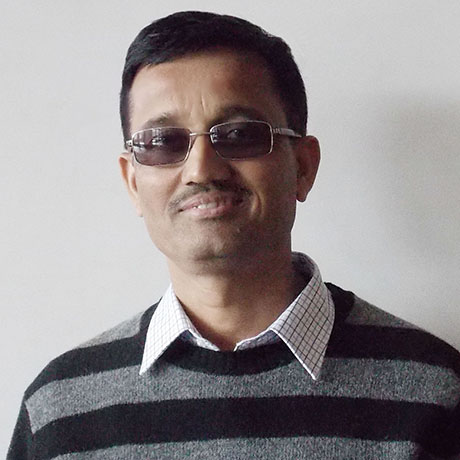Nepal

- Official name: Federal Democratic Republic of Nepal
- Capital: Kathmandu
- Population: 28.17 million (World Bank 2014)
- GDP: $19.77 billion (World Bank 2014)
- Currency: Nepalese rupee
- Languages: Nepali
- World Bank income classification: Low income
- Life expectancy: 68 years (men), 70 years (women)
- Percentage of population living in urban areas: 17% (WHO)
According to the World Health Organization, in Nepal NCDs are estimated to account for 60% of total deaths. The proportional mortality (% of total deaths, all ages, both sexes) is 22% for cardiovascular diseases, 8% for cancers, 13% for chronic respiratory diseases, 3% for diabetes, and 14% for other NCDs (WHO, 2014). In addition, the probability of dying between ages 30 and 70 years from the 4 main NCDs (cardiovascular diseases, cancers, chronic respiratory diseases and diabetes) is 22% (WHO 2014).
The South-East Asia Region is highly affected by the burden of NTDs. In the case of leprosy, although health organizations have progressed in addressing the disease, it continues to be endemic in all countries of the region, reporting 155.000 cases corresponding to 73% of the global cases, in 2013. Nepal is one of the six countries in the Region, along India, Bangladesh, Indonesia, Myanmar and Sri Lanka, with the highest burden of leprosy in the world.
Related information:
http://www.who.int/gho/countries/npl/country_profiles/en/
http://www.searo.who.int/mediacentre/releases/2015/1613/en/
The Team in Nepal

Prof. Dr. Jha Nihambar, PhD, MD
Co-Applicant
B.P Koirala Institute of Health Sciences

Dr. Sanjib Sharma, MD
B.P Koirala Institute of Health Sciences

Dr. Suman Bahadur Singh, MD
B.P Koirala Institute of Health Sciences
